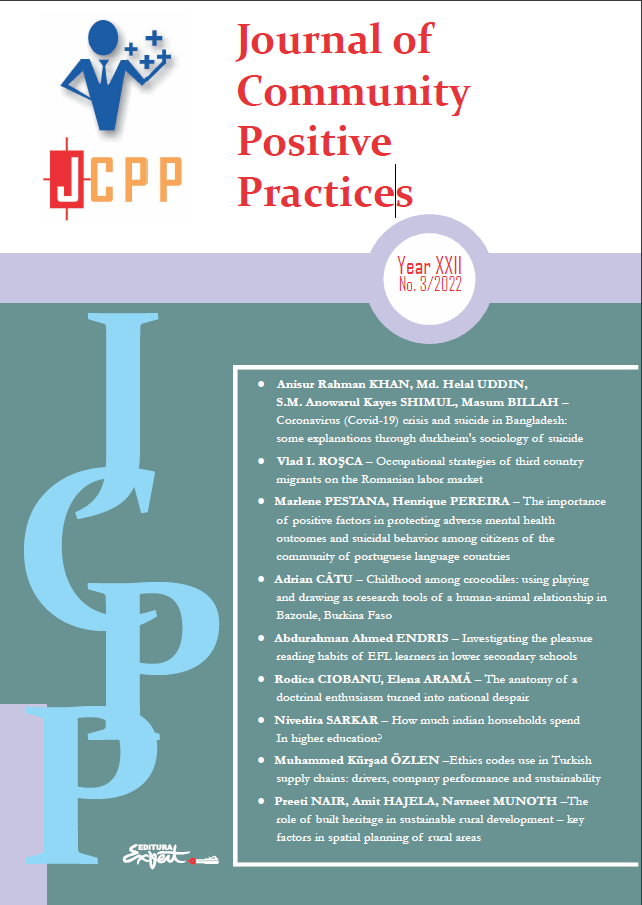The role of built heritage in sustainable rural development – A key factors in spatial planning of rural areas
The role of built heritage in sustainable rural development – A key factors in spatial planning of rural areas
Author(s): Preeti Nair, Amit Hajela, Navneet MunothSubject(s): Architecture, Methodology and research technology, Social development, Rural and urban sociology
Published by: Asociatia pentru Dezvoltare si promovare socio-economica Catalactica
Keywords: Rural Heritage; Vernacular architecture; Community Participation; Human Perception; Settlement pattern;
Summary/Abstract: This research paper’s main objective is to present the current status of the residential Built settlement in the rural areas of Chettinard region in Tamil Nadu, a state rich in heritage, religious, and cultural aspects in India. The research paper also correlates to the traces of the human life (socio-cultural and economic) and communities’ perception towards built heritage in Rural areas. For this purpose, the studies have been conducted on two of its villages which have been recommended as a heritage-village by the state government in UNESCO’s tentative list. In this study, a mixed study approach is followed using both visual survey and questionnaire survey as the study tools. The main objectives of this study were to determine the public reaction towards the conceptual framework to be designed for an ideal sustainable heritage-based village. Secondly, through the empirical and quantitative data analysis to capture the hurdles and identify the gaps that affect the resident’s understanding and their perception in developing their villages. The paper also uses GIS as a software tool for a better understanding and cataloguing of the built heritage in a holistic manner.
Journal: Jurnalul Practicilor Comunitare Pozitive
- Issue Year: XXII/2022
- Issue No: 3
- Page Range: 126-136
- Page Count: 11
- Language: English

